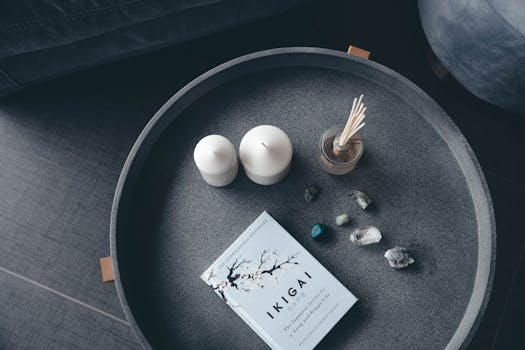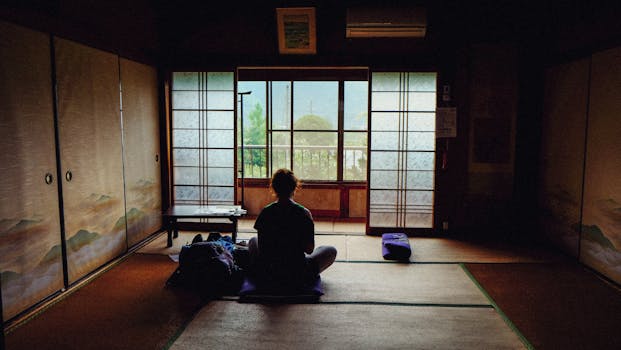
The Influence of Japanese Aesthetics on Global Design
Takeaways: Japanese aesthetics have significantly shaped global design, focusing on simplicity, nature, and the beauty of imperfection. Concepts such as minimalism and wabi-sabi have found applications in architecture, interior design, art, and product design worldwide.
Japanese aesthetics has transcended its geographical roots to become a significant influence in global design. In recent decades, the world has seen a growing appreciation for the understated elegance and profound simplicity that characterizes Japanese art, architecture, and design philosophy. This article explores the key elements of Japanese aesthetics and how they have permeated various design disciplines around the world.
Understanding Japanese Aesthetics
Japanese aesthetics is a rich tapestry woven from historical, cultural, and philosophical threads. At its core, it emphasizes a connection to nature, simplicity, and the appreciation of transience. One of the most influential concepts is wabi-sabi, which finds beauty in imperfection and impermanence. This aesthetic encourages a deep appreciation for the natural world and the acceptance of the flaws that come with it.
Additionally, concepts like ma, which refers to the space between objects, highlight the importance of negative space in design. This principle has led to a minimalist approach that values emptiness and simplicity, allowing for a more profound experience of the objects and spaces around us. These principles have resonated with designers and artists across cultures, finding their way into various fields, including architecture, graphic design, and product design.
The Impact on Global Design Trends

In architecture, the use of natural materials, open spaces, and integration with the surrounding landscape reflects Japanese design philosophy. Renowned architects such as Tadao Ando and Kengo Kuma have incorporated these elements into their works, creating spaces that harmoniously blend with nature. Their designs often feature large windows that invite the outdoors in, allowing for a seamless connection between the built environment and the natural world.
Interior design has also embraced Japanese aesthetics, with many contemporary homes reflecting the principles of simplicity and serenity. The use of natural materials, neutral color palettes, and the incorporation of elements such as tatami mats and shoji screens create spaces that promote tranquility and mindfulness. The Japanese tea ceremony, which emphasizes ritual and calmness, has inspired many interior designs that seek to create peaceful living environments.
Moreover, in product design, brands like Muji and Nitori have successfully captured the essence of Japanese aesthetics, offering minimalist products that prioritize functionality and simplicity. The appeal of these products lies in their ability to combine beauty with practicality, resonating with consumers who value both form and function.
Conclusion







